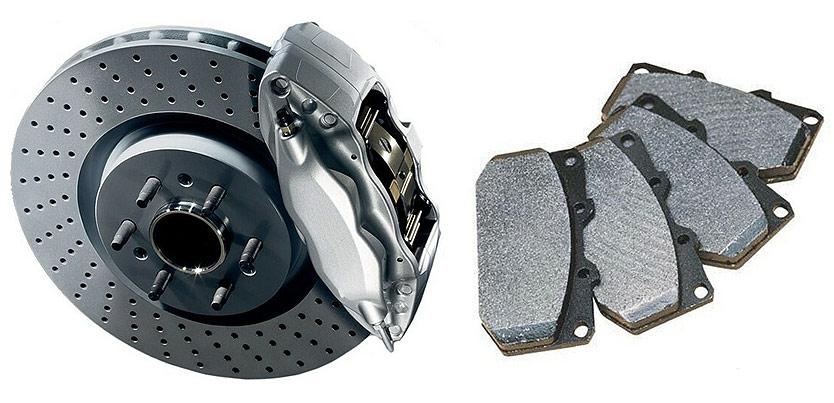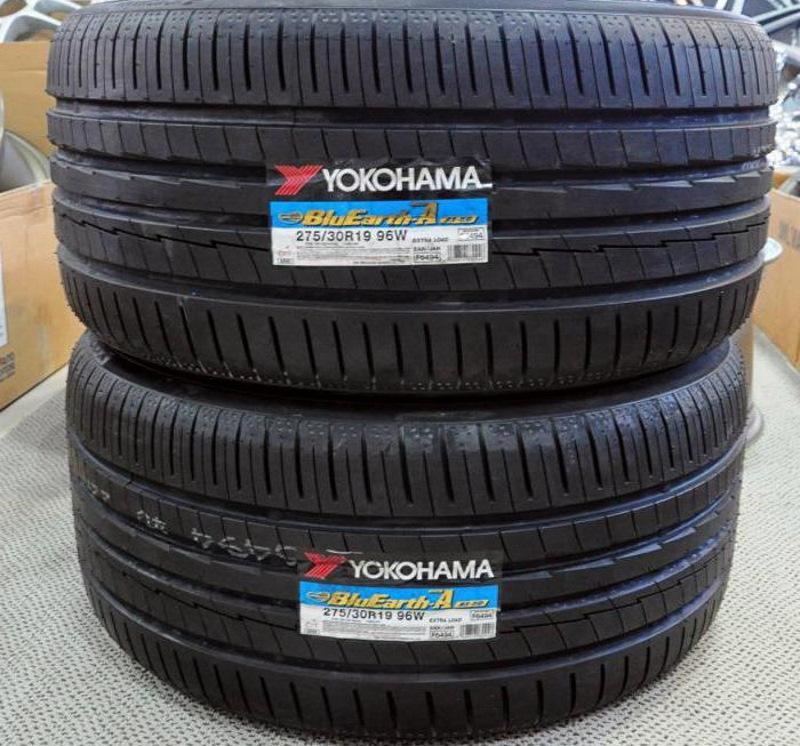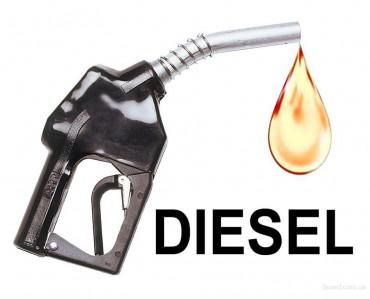
Brake pads. This is what you need to know before replacing
 Usually, a driver looking for brake pads focuses only on the price of the product. There is an opinion that the price is only a consequence of the “manufacturer's reputation”, and replacing two pairs of cheaper blocks instead of one more expensive one is no less profitable. However, there is nothing more wrong.
Usually, a driver looking for brake pads focuses only on the price of the product. There is an opinion that the price is only a consequence of the “manufacturer's reputation”, and replacing two pairs of cheaper blocks instead of one more expensive one is no less profitable. However, there is nothing more wrong.
Generally speaking, brake pads are a metal plate with an abrasive layer attached to it. Of course, the tile must be correctly profiled to ensure free movement in the rocker, and the friction layer must be well fixed so that delamination does not occur, but in fact the quality of the blocks depends on the abrasive layer and its values. have the greatest impact on the final price.
Therefore, before being put into production, the friction layers are subjected to numerous experimental tests. They are designed to test several functions:
Quiet operation when pressing a disc-block pair
The possibility of "quiet operation" is provided only by careful laboratory tests. It is assumed that there are two variants of building blocks. The first is the use of a "soft block" that wears out quickly but is quiet because it absorbs vibrations. The second one, on the contrary, and “hard pads” wear out less, but the interaction of the friction pair is louder. Manufacturers must balance these requirements, and this can only be done through long-term laboratory research. Failure to do this work always leads to problems.
See also: Buying a used car - how not to be deceived?
Emission of dust as a result of friction of a pair of block-disk
 The amount of dust generated by the friction between the pad and disc is a major problem that laboratories are working on. Although “top-notch” manufacturers no longer use mercury, copper, cadmium, lead, chromium, brass or molybdenum in friction linings (ECE R-90 permits this), a study by a Polish technical university showed significant emissions near an elementary school where there were speed bumps (i.e., there was a forced braking of the car and friction of the pads on the disks). Therefore, one can venture to say that while companies that receive certificates from research centers and car manufacturers must maintain high standards (their products have a permanently affixed ECE R-90 symbol), manufacturers of cheap substitutes still go unpunished and distribute their goods.
The amount of dust generated by the friction between the pad and disc is a major problem that laboratories are working on. Although “top-notch” manufacturers no longer use mercury, copper, cadmium, lead, chromium, brass or molybdenum in friction linings (ECE R-90 permits this), a study by a Polish technical university showed significant emissions near an elementary school where there were speed bumps (i.e., there was a forced braking of the car and friction of the pads on the disks). Therefore, one can venture to say that while companies that receive certificates from research centers and car manufacturers must maintain high standards (their products have a permanently affixed ECE R-90 symbol), manufacturers of cheap substitutes still go unpunished and distribute their goods.
It is also worth remembering that in the case of "soft blocks" the emission is greater than in the case of "hard blocks".
Correct operation at different temperatures
This is the most important factor for the driver, directly affecting safety. Abrasive material before being released into production must be subjected to long-term laboratory tests to verify the effectiveness of friction (ie, ensuring the effectiveness of braking) at various temperatures.
It is especially important to eliminate the damping phenomenon, i.e. loss of braking power. Attenuation occurs at high temperature (and at the block-disk boundary the temperature exceeds 500 degrees Celsius), due to the release of gases from the abrasive material and due to physical changes in the heated abrasive material. Thus, in the case of a bad abrasive, an “air cushion” can form at the border of the block and the structure of the material can change. This causes a decrease in the value of the coefficient of friction, preventing the frictional effectiveness of the linings and proper braking of the vehicle. In professional companies, the reduction of this adverse phenomenon is realized through laboratory research on the selection of the appropriate proportion of components in the overlays, and ensuring that at the production stage the temperature exceeds the operating temperature of the brakes, due to which the gases from the abrasive layer will be released already during the production of the product.
See also: How to take care of your tires?
Minimum price final
Thus, obtaining a lower final price is possible only by using lower quality abrasives, limiting (often lacking) laboratory testing, minimizing the manufacturing process and eliminating technological innovations.
However, there is no need to purchase brake pads exactly as the car manufacturer suggests, or purchase products from well-known companies. Some parts companies give us the opportunity to adapt products to our driving style and the conditions in which we operate the car (sports, mountain driving, etc.). However, the most important thing is that everything must be done in accordance with the ECE standard, because only the symbol permanently embossed on the brake pad-brake disc, it guarantees us quality, confirmed by the approval of accredited laboratories that have carried out comprehensive product tests.
Remember that the low price of products without ECE standard embossing on a metal plate means faster lining wear with a pad that is too soft, squeaks and uneven wear with a pad that is “too hard”, but above all worse braking due to poorly matched components and a manufacturing process that differs from those offered by higher-end manufacturers. And in the absence of braking efficiency, saving several tens of zlotys will be nothing compared to the cost of repairing a car ...

